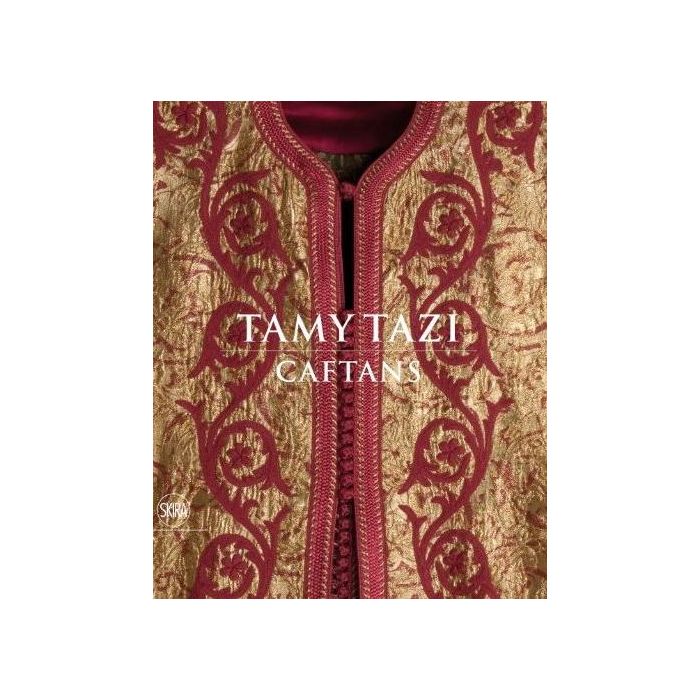My Cart
Your cart is empty
Looks like you haven't made your choice yet.
- Subtotal
Tamy Tazi

Collections
- Skira (T&H)
- by Nadia Mezian, Daniel Rey. Introduction by Pierre Bergé
More Information
| Publisher | Skira (T&H) |
|---|---|
| ISBN | 9788857203232 |
| Author(s) | Nadia Mezian, Daniel Rey. Introduction by Pierre Bergé |
| Publication date | July 2011 |
| Edition | Hardback |
| Dimensions | 300 x 240 mm |
| Illustrations | 180 col. & bw ill. |
| Pages | 192 |
| Rights | BE |
| Language(s) | Eng. ed. |
| Publisher | Skira |
Description
Tamy Tazi has set her own special mark of distinction on contemporary Moroccan dress: ceremonial or everyday caftans, djellabas, selhams (capes), jackets and serouals. Her models embrace two remarkable traditions that both resist the pressures of time. One is the Haute Couture that has long been Tamy Tazi's daily bread as Yves Saint-Laurent's representative in Morocco. The other is the Moroccan heritage, but not that growing out of the early days Moroccan independence with its glimmers of women's emancipation. Tazi has researched a deeper, more singular tradition, stripping it of folksiness and revitalising it. The union of these two vital sources, each inseminating the other with a grammar that is as articulate as it is festive, has generated a new style in caftans that daringly distinguish themselves from either parent. This book will not only appeal to caftan fans, but to anyone with interest in Morocco culture and fashion.
Tamy Tazi has set her own special mark of distinction on contemporary Moroccan dress: ceremonial or everyday caftans, djellabas, selhams (capes), jackets and serouals. Her models embrace two remarkable traditions that both resist the pressures of time. One is the Haute Couture that has long been Tamy Tazi's daily bread as Yves Saint-Laurent's representative in Morocco. The other is the Moroccan heritage, but not that growing out of the early days Moroccan independence with its glimmers of women's emancipation. Tazi has researched a deeper, more singular tradition, stripping it of folksiness and revitalising it. The union of these two vital sources, each inseminating the other with a grammar that is as articulate as it is festive, has generated a new style in caftans that daringly distinguish themselves from either parent. This book will not only appeal to caftan fans, but to anyone with interest in Morocco culture and fashion.

Tamy Tazi
